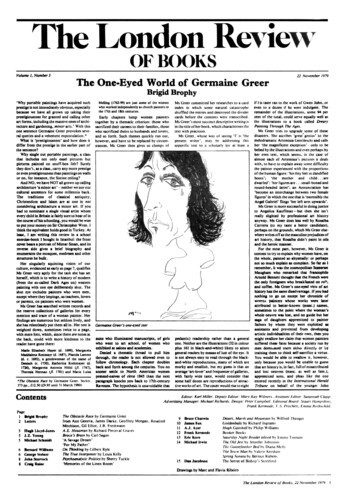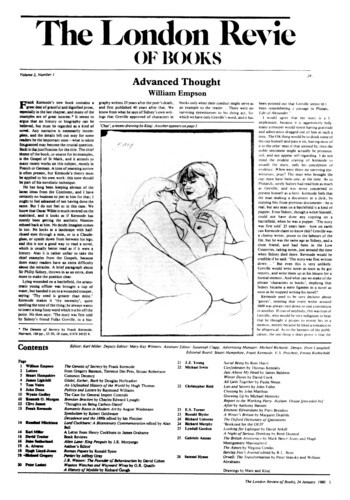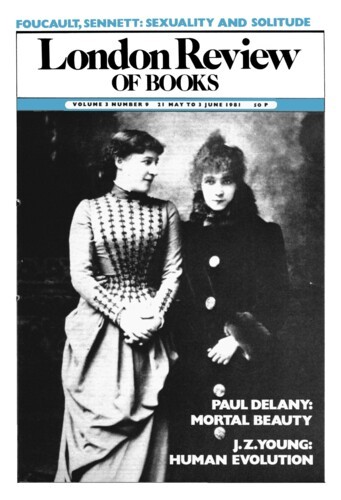Towards the Stars
J.Z. Young, 22 November 1979
When I saw the title of Carl Sagan’s new book, I was troubled. I was afraid he might have followed the path of other scientists who turn to study the brain because they are disillusioned by the inhumanity of physical science. I need not have worried. He remains an enthusiastic astronomer. The title refers to the sprightly opening piece in which he describes a visit to the backstage storerooms of the Musée de l’Homme in Paris. There he happened to come upon the brain, in a bottle, of the famous Dr Broca, who in 1861 first showed evidence of an area in the human brain which controlled speech. The specimen prompted Sagan to speculate that Broca’s memories and insights might still be there in the brain in the bottle. This macabre but imaginative thought is typical of him, and it does indeed prompt reflection in the neuroscientist.





